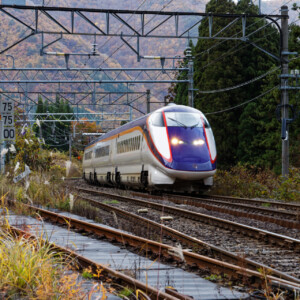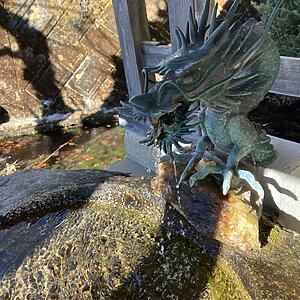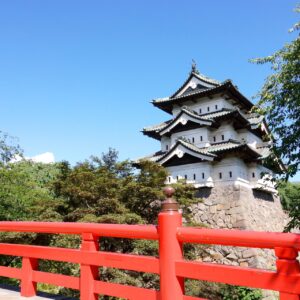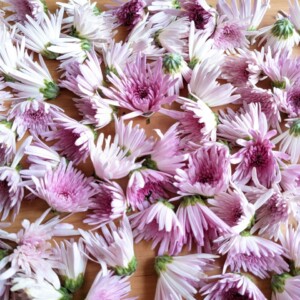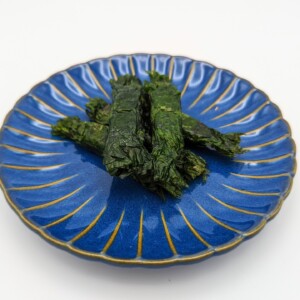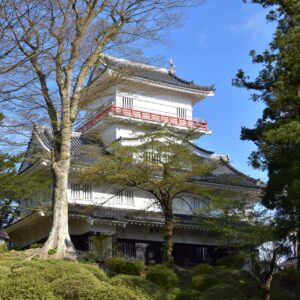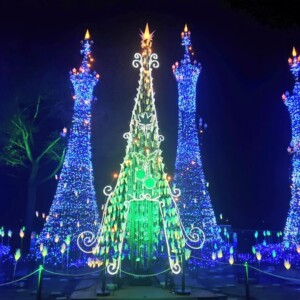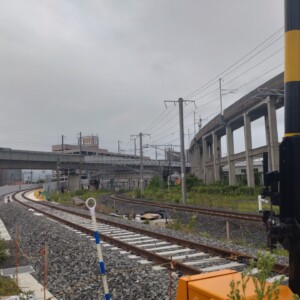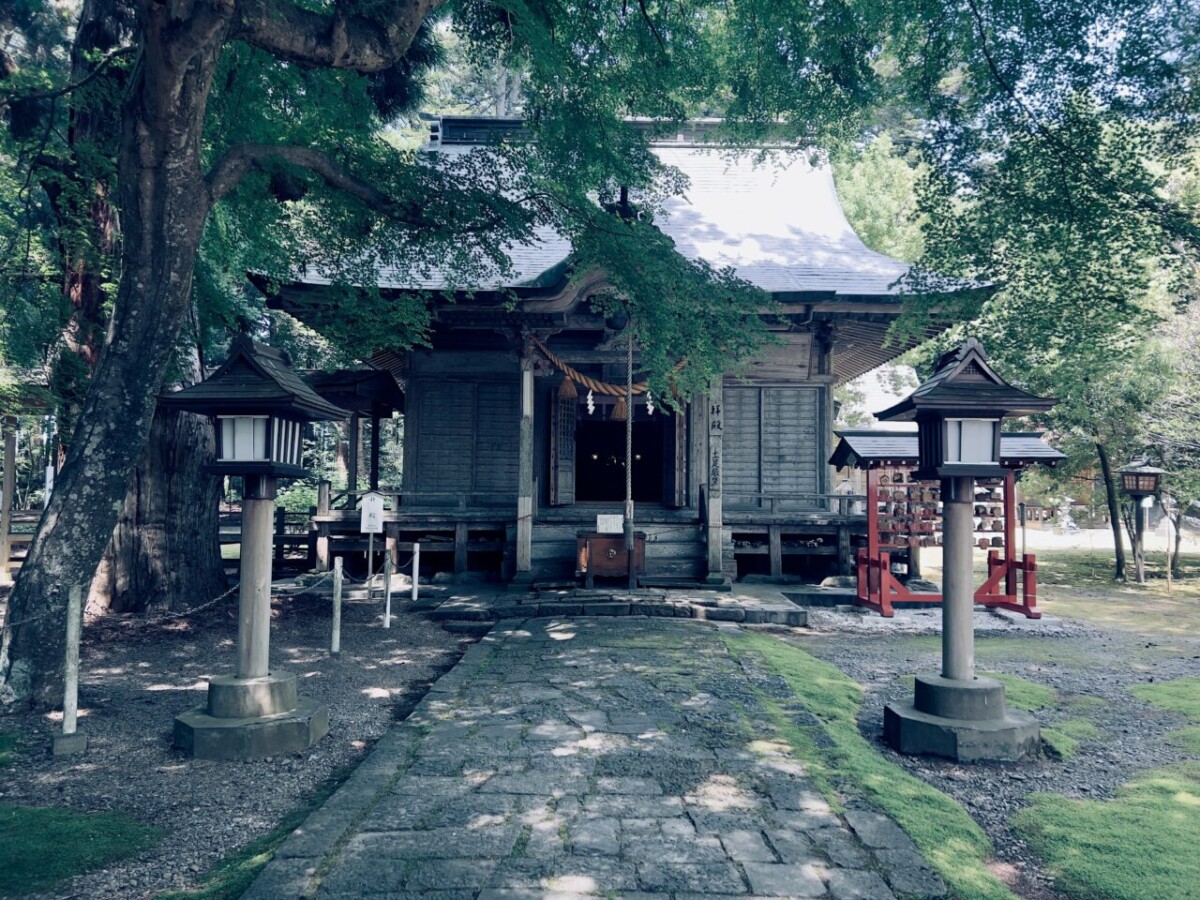
[Tome City, Miyagi Prefecture] A mysterious forest with a 1,000-year history and the belief in Hachiman to ward off evil | Kaminuma Hachiman Shrine
table of contents
Located in Tome City in the northern part of Miyagi Prefecture, Kaminuma Hachiman Shrine is a tranquil and historic shrine with a thousand-year history. Its tranquil and mystical grounds are truly worthy of being called a power spot.
This time, we will take a deeper look into the charm of Kaminuma Hachiman Shrine and introduce it to you
The history of Kaminuma Hachiman Shrine
Kaminuma Hachiman Shrine is a shrine that was established in the mid-Heian period by Minamoto no Yoriyoshi and his son Yoshiie, who enshrined Iwashimizu Hachiman Shrine in Kyoto
During the Battle of Zenkunen, the emperor set up camp here twice, and in gratitude for his victories, he chose this place, donated the temple grounds, enshrined the "Hachimanmori Honzon" (principal image of Hachiman), and stored his weapons there, and the temple was founded
In ancient times, it Yumiya Hachiman , and in modern times it is worshipped as Hachiman, who wards off evil, and many people visit it as the god of safe childbirth and child-rearing due to their belief in the mother and child goddess.
The grounds of Kaminuma Hachiman Shrine
The vast grounds are meticulously maintained by the chief priest, creating a divine space befitting a sacred area exuding tranquility and mystery
Sacred tree "Ubasugi"
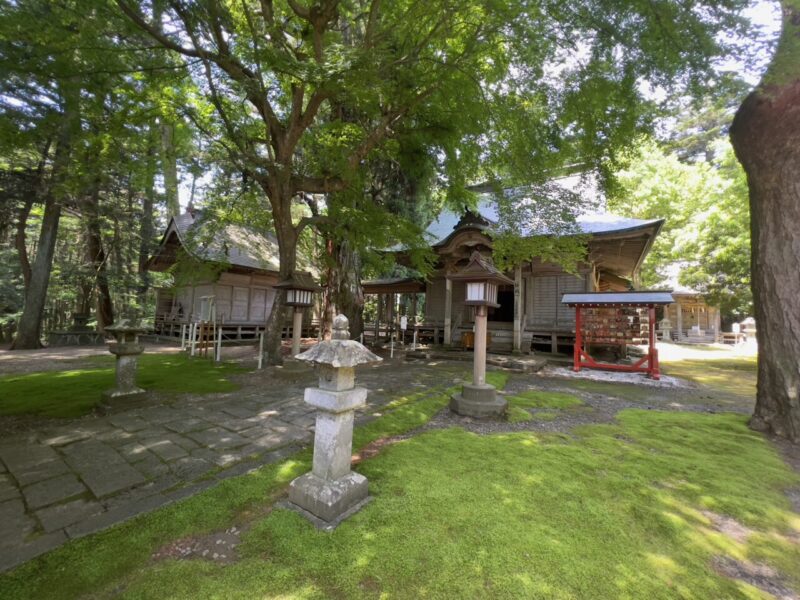
On the left side of the worship hall, across the corridor connecting the worship hall and the sacred food offering area, stand two large trees, a male cedar and a female cedar. These are the primary sacred objects of Kaminuma Hachiman Shrine
Because it is an old tree, the branches and tops were beginning to show signs of withering, but thanks to subsidies from the town and the "Obasugi Preservation Society ," treatment was carried out and the tree has now made a remarkable recovery.
Otorii
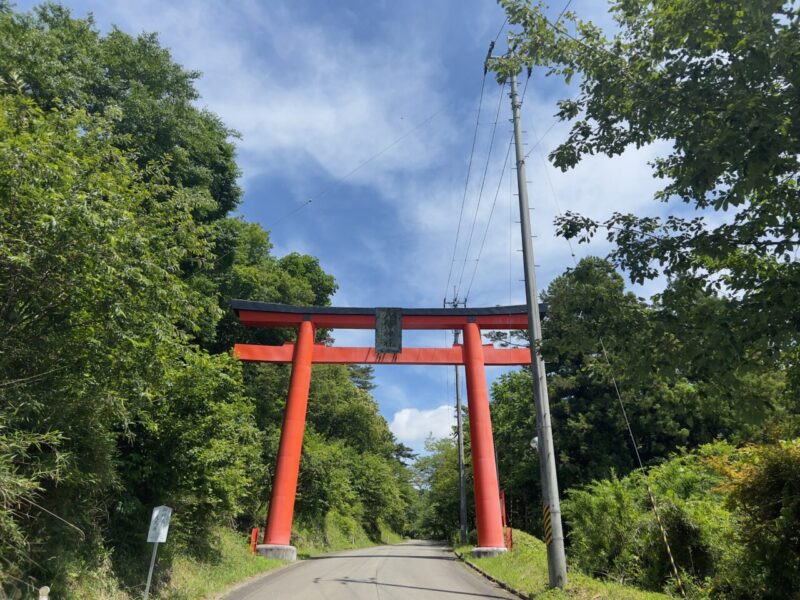
When you visit Kaminuma Hachiman Shrine, the first thing that catches your eye is the magnificent torii gate that stands at the entrance to the shrine grounds
This large iron torii gate is 12 meters high, 7.7 meters wide, and has a 16-meter-long top beam, and was erected in 1991 to commemorate the 950th anniversary of the shrine. Many donations were collected for its construction, not only from parishioners but also from outside the town
Its shape is called a "Myojin Torii"
Old Tree Grove (Tome City Nakatacho Cultural Property)
The temple grounds, which cover an area of approximately 33,000 square meters, are all designated as a wildlife sanctuary and are home to a large number of ancient, giant trees, including pines, cedars, and firs, some of which are hundreds of years old
These ancient, giant trees have been considered sacred since ancient times, forming a sacred forest. Such sacred areas are extremely rare even within the prefecture, and their presence exudes a solemn and refreshing atmosphere
On October 31, 1986, it was designated as a Nakata Town Cultural Property along with the "Ubasugi" tree
Annual event
| date | Event name | Details/Notes |
|---|---|---|
| January 1st | New Year's Festival (New Year's prayer festival) | Lion dance offering |
| January 14th | Donto Festival | Bamboo, old sacred talismans, sacred ropes, New Year's decorations, and other New Year's decorations are burned. This ritual has been held since 1981 |
| February 11 | Kigensai Festival | |
| February 17 | Niinamesai (prayer for a good harvest) | |
| First Sunday of March | Hatsuuma Fire Prevention Prayer Ceremony | |
| April 15 | Spring Festival | |
| September 15 | Autumn Festival | Eve of the festival, Kamo-ryu Hoin Kagura performance, dedication kendo tournament |
| september | Kyodanmori Shinmeisha Atago Shrine Annual Festival | |
| October | Shokonsha Festival | |
| november | Shichi-Go-San Prayer Ceremony | |
| November 23 | Niiname-sai (New Rice Thanksgiving Festival) | |
| December 31 | Great Purification Ceremony |
Kamo-ryu Hoin Kagura

Kamo-ryu Hoin Kagura developed from Hoin Kagura, which originated in the northern part of the Sendai domain, when Shungaku, the head of the Toeizan school, imparted various new Kagura styles to Yoshinao and Jika during his stay at Myokaku-in Temple in Kaminuma Village
This Kagura "Nagare Kagura" and was once widespread in southern Iwate Prefecture and northern Miyagi Prefecture, but it almost completely disappeared during the Edo period, and is now passed down only by two groups: the Kaminuma Kamo-ryu Hoin Kagura and the Hidakami-ryu Asabe Hoin Kagura
Hoin Kagura has many extremely complex styles based on the incantations of mountain ascetics, such as the foot stomping forms and hand seals that are the foundation of the dance, and requires rigorous training. The basic dance form is called Kagura Sanken, and has been passed down orally through Kagura books containing special names. On March 28, 1986, it was designated a cultural property of Nakata Town (present-day Nakata Town, Tome City)
According to the chief priest, there is a shortage of people to carry out the ritual, so they are recruiting widely. As long as you can practice, you don't have to live nearby, so if you're interested, why not consider joining?
Kaminuma Hachiman Shrine <Information>
- Name: Kaminuma Hachiman Shrine
- Address: 51 Hachimanyama, Uenuma, Nakata-cho, Tome City, Miyagi Prefecture
- telephone number:0220-34-6747
- Official URL: Kaminuma Hachiman Shrine Official Panorama Site


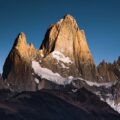
![Osaki Kodo, a cultivated land that lives with water, has been certified as a world agricultural heritage site [Miyagi Prefecture] Sanbongi Tateyama Park (Osaki City)](https://jp.neft.asia/wp-content/uploads/2022/09/8e8852b48ed4d8a9e8e426558896f878-150x150.jpg)
!["Yonekawa Water Splashing," a visiting deity event held on the border between Miyagi and Iwate prefectures | Local report [Tome City, Miyagi Prefecture] IMG_1099-EDIT (1)](https://jp.neft.asia/wp-content/uploads/2025/02/IMG_1099-EDIT-1-150x150.jpg)
![Experience driving the trains that were actually running at the Kuriden Museum! [Miyagi Prefecture] Former Wakayanagi Station building](https://jp.neft.asia/wp-content/uploads/2024/02/2369429_m-150x150.jpg)

![Walking around the town is fun! A stroll in search of "retro things" [Motomiya City, Fukushima Prefecture] IMG_2345](https://jp.neft.asia/wp-content/uploads/2025/08/IMG_2345-150x150.jpeg)
![Take a look at kaleidoscopes from all over the world at the Sendai Kaleidoscope Museum! [Miyagi Prefecture] mysterious light](https://jp.neft.asia/wp-content/uploads/2017/03/f296481e88d1209fdf95c2739bb4da31-150x150.jpg)
![Osawa Onsen, a 200-year-old hot spring resort with a self-catering section! [Hanamaki City, Iwate Prefecture] hot spring](https://jp.neft.asia/wp-content/uploads/2018/04/f72a6f213590ac22f169df7767efbc87_s-150x150.jpg)
!["Gokanezaki Furofushi Hot Springs" allows you to enjoy the best sunsets and starry sky in Japan! [Aomori Prefecture] Koganezaki Furofushi Hot Spring](https://jp.neft.asia/wp-content/uploads/2018/09/25810772_m-150x150.jpg)
